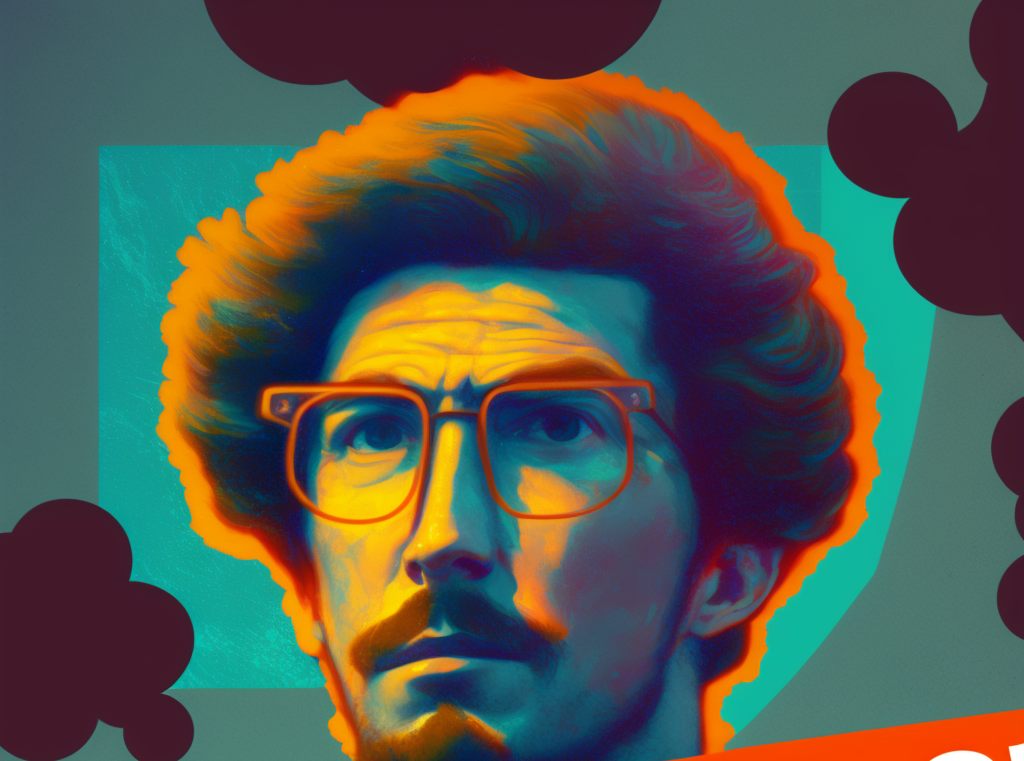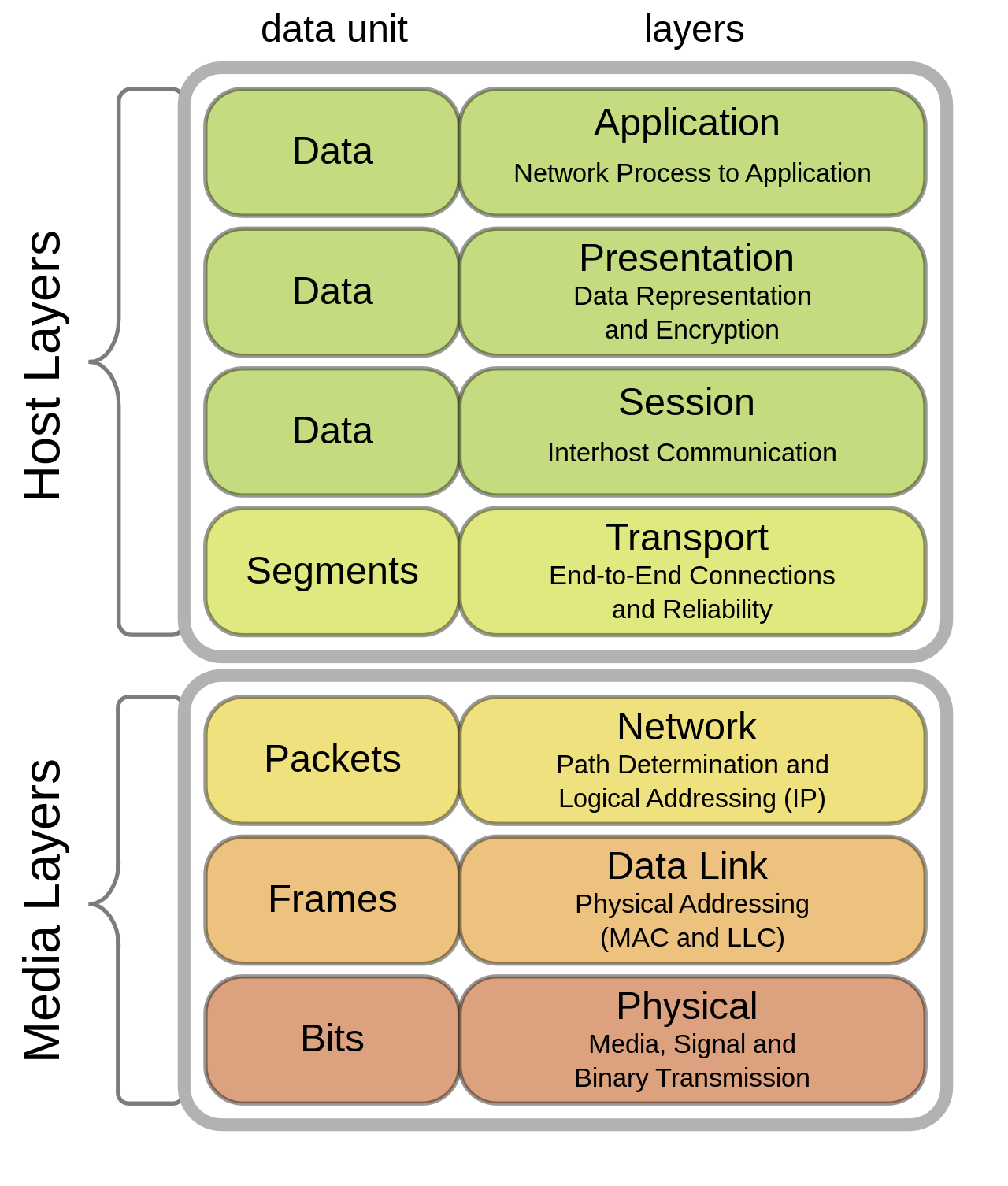WTF is...an NFT?
JPEGs. Million dollar monkey pics. Scams. No Fucking Thanks. While Non-fungible tokens, and the three letter moniker "NFT", doesn't exactly roll off the tongue these widely misunderstood tokens have quickly become the killer app of blockchains.

JPEGs. Million dollar monkey pics. Scams. No Fucking Thanks. While Non-fungible tokens, and the three letter moniker “NFT”, doesn’t exactly roll off the tongue these widely misunderstood tokens have quickly become the killer app of blockchains. Much like web1 had email and web2 had mobile apps, web3 has NFTs. But what the actual fuck are these things and why should you not just “right click, save” them? Buckle up anon. We about to get educated.
There Are Layers To This Sh*t
If you don’t happen to have a background in software development, and specifically web development, the layers upon which most user facing web applications are built might not be super obvious. Some, like HTTP, DNS and even SSL are more widely known but these are just the tip of the proverbial iceberg. If we take a look at the protocol stack you can see there is much, much more below the surface.

Something like DNS sits at the top “Application” layer (layer 7) while HTTP and SSL sit in the “Session” layer (layer 5). As you tumble down the stack you get into more primitive protocols. The “Transport” layer (layer 4) houses TCP which is a protocol for how two applications maintain network connectivity to exchange packets of data, while the “Network” layer manages how these packets are then actually sent from one network to another. The further down you go the closer you get to the actual hardlines that carry the bits and bytes physically from location to location. Each layer has problems that it has to solve, and the abstraction of that solution provides the building block for the layers above it.
Why does this matter? These abstractions allow billions of end users of internet applications to actually use the apps without the need to understand how TCP works around the Two Generals Problem. This is absolutely a feature, not a bug. As web3 continues to develop I have no doubt that there will be some similar diagram depicting the various layers of a blockchain based internet with its protocols that enable the trustless and permissionless interaction. Somewhere in that stack will be token standards like ERC-721 and ERC-1155 — or as the kids call ’em NFTs.
Back to Basics
While what an NFT is at the protocol level is more complex than I am going to present here I want to make sure we cover the basics. The first important concept is in the name: non-fungible. To be honest even this terminology feels a bit heavy. At its most basic something is considered fungible if it is able to be replaced by an identical representation. In the Ethereum ecosystem you have ERC-20 tokens which are considered fungible. Or to put it another way it doesn’t matter which $UNI token I have in my wallet — they are all exactly the same.
Contrast this with, say, a CryptoPunk. Because each token represents ownership of a completely unique piece of art, one Punk cannot be replaced with an identical copy. Therefore CryptoPunks (and the associated ownership tokens) are non-fungible. While Punks themselves are not on an ERC-721 token contract they were one of the first examples of NFTs on Ethereum and inspired the creation of the ERC-721 token standard — the standard by which many NFTs are owned and traded today.
Things get a little complicated when we start to layer in another NFT token standard: ERC-1155. This token standard was developed after ERC-721 with an eye towards gaming, addressing some of the operational complexities with moving large numbers of completely unique ERC-721 around. ERC-1155s are not completely non-fungible, nor are they completely fungible. They are considered semi-fungible. If you’re confused at this point that’s ok! We can look at the web3 based trading card game, Parallel, to help us understand how these work.

Parallel’s base set (Alpha) will contain 270 or so cards. Each of these cards is represented as an NFT and based on rarity and other traits will exists in a variable quantity. This card, Annihilate, comes in two editions: Special Edition and First Edition. As you can see in the image above the SE version is an edition of 500. The FE version of this card has an edition size of 3300. This means that there exists 500 ERC-1155 copies of the SE version minted on the Ethereum blockchain and 3300 copies of the FE version. Within each version these cards are completely fungible — it doesn’t matter at all which of the 500 SE edition Annihilate cards you own. However, these cards are non-fungible with other cards. An SE and FE are not identical copies of each other, nor is Annihilate identical to any other card within the Alpha set.
As this example illustrates even the nomenclature of “NFT” isn’t really helpful as there exists widely popular token standards which don’t adhere to the original concept 100 percent. Ultimately these concepts are just tools in the toolbox for developers to build applications — CryptoPunks and Art, Parallel Studios and a trading card game — are just a few examples of what the application layer for NFTs may look like in the future. Now that we know what an NFT is and have started to understand a few use cases we can broaden our scope and look at some wider applications for the underlying token protocols.
Product Market Fit
Gaming
There isn’t a more obvious product market fit for NFTs than gaming. This is an already 200 billion dollar per year by revenue industry where buying digital items and digital entitlements is already existing consumer behavior. While TCGs (trading card games) are just one very obvious example for this form of digital ownership model it’s hard to look past mobile “Free-to-Play” (kek), where purchasing digital goods is the entire economic model. Fortnite is another obvious example with skins and V-Bucks, and games like Counter-Striker: Global Offensive already have thriving (and unofficial) secondary market for in game skins.
As the technology matures and a few early pioneers prove out the viability of leveraging NFTs, the industry as a whole will move in this direction. At the end of the day people already spend billions of dollars on games and digital goods within them. NFTs, and crypto more broadly, is just a monetization backend for the behavior people already exhibit.
Ticketing
This an industry famous for its shady business practices, outright fraud, and general price gouging. Leveraging NFTs in the ticketing and event space has the potential to address many of these consumer protection issues already at play. Whether leveraging semi-fungible tokens for general admission or non-fungible tokens for specific experiences the fit seems pretty obvious. Layer on top of this ways to aggressively discourage price gouging via smart contracts as well as the guarantee of authenticity and I’d be somewhat shocked if this isn’t one of the first mass market implementations of NFTs.
Authenticity + Provenance
Fraud is a massive problem in the luxury goods space. Not just designer fashion but high end wine and spirits, not to mention fine art. Provable authenticity for luxury goods and the ability to tie a physical item back to an NFT on a blockchain presents a huge opportunity. Projects such as Azuki, with their submission of the Physical Backed Token (PBT) design, and 9dcc with their novel short range wireless technology embedded into a clothing label are at the forefront of building solutions for this problem. Authenticating items and proving provenance is a labor intensive and time consuming activity — just as The Real Real . The ability to quickly prove the authenticity of an item on a public blockchain as well as see the entire chain of custody will be a massive unlock for a number of industries — as we’ve already started to see in the digital art space.
Ownership + Entitlement
Ownership matters. Its why a huge chunk of the laws in most countries are centered around it. As we continue to shift more and more of our time and spend into digital spaces it makes sense to have greater support for digital ownership and entitlement. To some extent this already exists, though with some heavy caveats. While many have argued that crypto doesn’t do anything that a database can’t do having that database be decentralized and censorship resistant is extremely important. If you own digital goods and the record is stored on a company’s own servers and that company goes out of business then what happens to your property? Did you ever really own it at all?
All you have to do is go through the terms of service of gatekeepers like Amazon, Google, and Apple to understand that any digital good you buy from them isn’t really owned — it’s rented. Shifting record of ownership of digital assets like music, film, in game items, etc away from rent seeking corporations and towards actual individuals shifts power away from companies who already have way too much and back towards the individual, where it should be. NFTs at the protocol layer give us a digitally native way to express this.
Final Thoughts
NFTs are no doubt the culturally relevant aspect of the blockchain. While there are so many incredibly fascinating protocols and endless design space in crypto right now NFTs have proven to be the killer app. NFTs are the thing people either love or hate. Ultimately (in this author’s humble opinion) NFTs will be the Trojan Horse that will onboard millions upon millions of people to the decentralized internet.
As this happens the overwhelming majority of new NFTs will begin to more closely resemble their physical (or web2 digital) analogues in terms of cost. Many who feel priced out, and left out, right now wont be. The future of NFTs is not only quarter million dollar apes. In fact, much like the “real” world, high priced luxury NFTs will be the exception rather than the norm.
Crypto is often criticized as a solution looking for a problem but with NFTs the product market fit couldn’t be clearer to me in so many use cases. As we move towards living increasingly digital lives it makes sense to have digitally native ways to express ownership, entitlement, and so much more.
Any views expressed in the below are the personal views of the author and should not form the basis for making investment decisions, nor be construed as a recommendation or advice to engage in investment transactions. As always, please do your own research. This is not financial advice. Every strategy is not for everyone. Each investor needs to understand what is right for them.
Meet BEW, a wine collecting web developer who moonlights as an amateur chef. BEW's passion for wine is evident in his vast collection of bottles from all over the world. He also has a great interest in web development and is known for his skills in multiple programming languages such as Python, JavaScript and HTML/CSS. He is able to combine his love for wine and web development by creating visually appealing and user-friendly websites for wineries and wine shops. He is also an amateur chef and loves experimenting in the kitchen and pairing wine with his dishes. In his free time, BEW enjoys 3D glasses and the immersive experience it gives him when watching movies and playing video games.